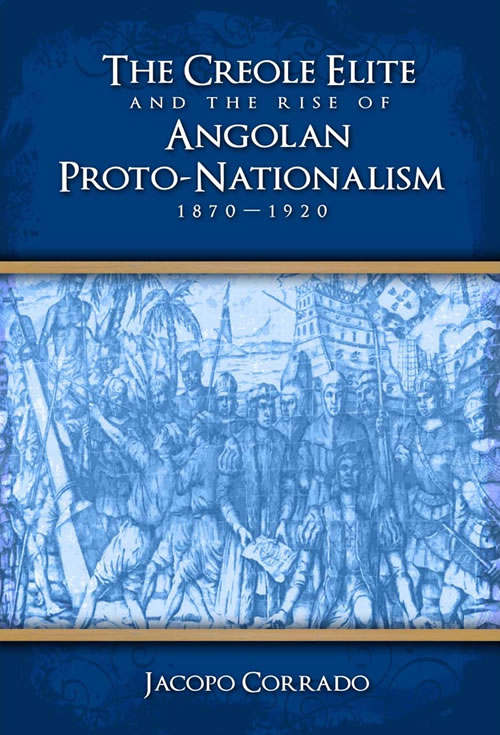Race and Class in Political Science
Michigan Journal of Race and Law
Volume 11, Issue 1 (Fall 2005)
pages 99-114
Jennifer L. Hochschild, Henry LaBarre Jayne Professor of Government and Professor of African and African American Studies
Harvard University
As a discipline, political science tends to have a split personality on the issue of whether the driving force behind political action is material or ideational. Put too crudely, White scholars tend to focus on structural conditions as the cause of group identity and action, whereas scholars of color tend to focus on group identity and conflict in order to explain structural conditions. More generally, the relevant debate within political science revolves less around Jacques Derrida versus Karl Marx (as in critical race studies) than around W. E. B. DuBois versus Thomas Hobbes—that is, whether “the problem of the twentieth [and other] centur[ies] is the problem of the color line” or whether people are fundamentally self-interested individualists whose social interaction is shaped by the opportunities presented in a given political structure.
This paper examines those propositions by discussing important recent work by political scientists in several arenas, including ethnic conflict, nationalism, and a belief in linked fate. I then briefly discuss my own research on the relationship between race and class, and on the possible malleability of racial and ethnic concepts and practices to show one way that identity-based and interest-based political analyses interact. I conclude that material forces drive most important political disputes and outcomes, but that politics is best understood through a combination of material and ideational lenses.
Introduction
The discipline of political science tends to have a split personality on the issue of whether the underlying driving force behind political action is material or ideational. Put too crudely, mainstream (disproportionately White) scholars tend to focus on structural conditions such as laws or the economy, the self-interest of leaders or activists, political incentives, or even geography in order to explain ethnic identification and conflict. Conversely, scholars who study racial politics (disproportionately people of color), tend to start from racial or ethnic identity and conflict in order to explain structural conditions, understandings of self-interest, or political incentives. This generalization, like most, is indeed too crude, and one can immediately identify exceptions; but, it is arguably accurate enough to be a good starting point for further exploration. I develop this argument, with reference to the most prominent work of political scientists in several subfields, in the next two sections below.
Few political scientists, and even fewer in mainstream, high-status departments, focus on discourse analysis growing out of continental European philosophy. Most who do are political philosophers whose central mission does not include explaining empirical phenomena. As a result, the relevant debate within political science revolves less around Derrida versus Marx than around DuBois versus Hobbes—that is, whether “the problem of the twentieth [and other] centur[ies] is the problem of the color line” or whether people are fundamentally self-interested individualists whose social interaction is shaped by the opportunities offered in a given political structure.
This paper begins by examining and illuminating that proposition through discussion of important recent work by political scientists. I then briefly discuss my own prior work on the relationship between race and class, and use my current research to illuminate how tensions between identity-based politics and interest-based politics play out in academic political science as well as in actual political arenas. I conclude roughly where Richard Delgado does: that material forces and access to resources drive most significant political disputes and outcomes, but that politics is most fully understood through a combination of material and ideational lenses…
…Multiracialism shows some of the same effects. The values placed on multiracial identity are at present completely mixed, even contradictory and mutually hostile. Some people of color (and Whites) embrace the new politics and culture of multiracialism as a means of breaking down the old rigid color lines, as a way to enable people to recognize and identify with their full heritage, as a necessity for good medical care, or as a new frontier for civil rights advocacy. Others see the embrace of multiracialism as merely one more attempt by outsiders to undermine Black or Hispanic solidarity, as a strategy to disrupt litigation or legislation around civil rights, voting rights, and employment discrimination, or as an underhanded way to distance oneself from Blackness (or Latino identity). Still others see it as a pragmatic reality, given rates of immigration and intermarriage, that political actors must accommodate as well as they can. Regardless of how one feels about it, there is growing evidence that the fact of being multiracial has important consequences for one’s life chances. For example, the socioecononomic status of biracial children fall consistently between those of their lower status parent and those of their higher status parent. Thus, on the one hand, the fact of having mixed racial or ethnic ancestry has real, material, consequences for one’s life – independent of the language with which we understand that fact. But on the other hand, the growth of and contestation around a multiracial movement show that the mere fact of having parents of different races is politically and personally very different from the claim of a multiracial identity and community…
Read the entire essay here.


